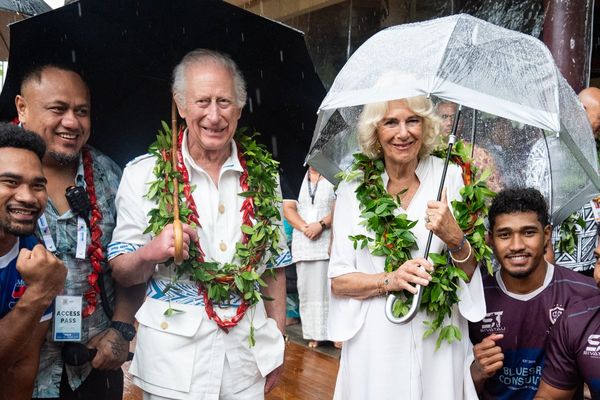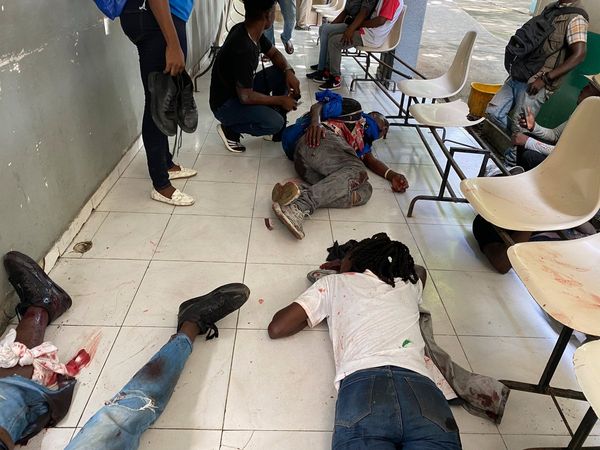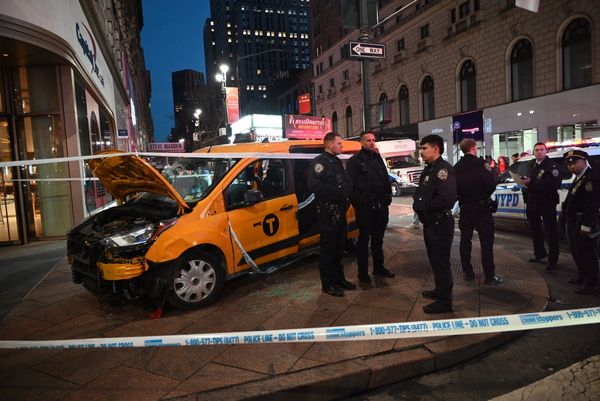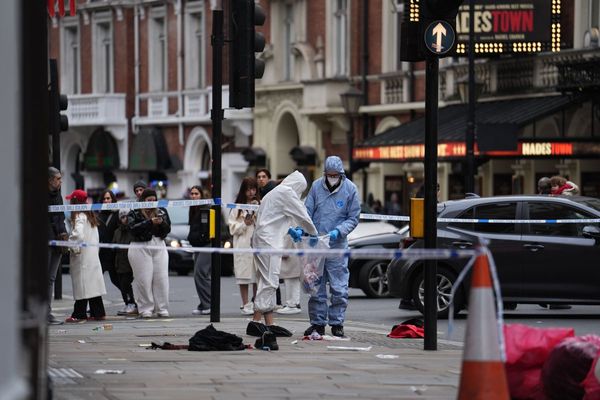Just as the world starts experiencing a return to normalcy of some sort in 2022 after two years under the thumb of the covid-19 pandemic, travelers have a new outbreak to worry about.
Because cruise lines sail nearly all of their ships from United States ports under foreign flags, the Centers for Disease Control (CDC) had much more control over the cruise industry than any other travel or entertainment business. The CDC used that power to stop all cruises from U.S. ports from March 2020 through July 2021.
And even when that ban was lifted, the cruise lines had to operate under a strict set of rules that no other industry had to follow.
Now, that the worst of covid seems to be behind us, the industry's response to the recent monkeypox outbreaks is worth watching for investors looking for clarity on whether there is smooth sailing or turbulent waters ahead for the cruise industry.
Should Travelers Worry?
Monkeypox symptoms usually start off with a flu-like illness, followed by the appearance of rashes. Symptoms include fever, headache, muscle aches, backache, exhaustion, swollen lymph nodes, and chills.
It's spread through direct physical with the rash or scabs present on someone infected with the disease, sharing clothing, towels, or bedding. And while the disease is not airborne like covid, breathing at a close range or being in contact with someone with respiratory secretions can lead to infection.
But the cruise industry may already be prepared for any potential problems due to the lessons learned during covid.
"The health, safety and security of our guests, crew and communities we visit is our top priority. We have stringent health and safety protocols in place on all our ships including a robust Outbreak Prevention and Response Plan and Infectious Disease Management System," a Norwegian Cruise Line (NCLH) spokesperson told TheStreet.
Each of Norwegian's cruise ships are equipped with a state-of-the-art medical facility with doctors and nurses available for passengers and crew.
"We also work with local and international health authorities as appropriate when additional support is required," Norwegian said.
Requests for comment from Royal Caribbean (RCL) and the CDC were not returned as of the time of this writing.
The Centers for Disease Control has a list of precautionary measures travelers can take to protect themselves from contracting the disease.
The CDC recommends that travelers avoid kissing, hugging, or touching those infected and not sharing eating utensils or cups. The CDC also says not to touch the bedding or clothing of a sick person.
It also recommends washing hands often with soap and water. If soap and water aren't available, an alcohol-based hand sanitizer containing at least 60% alcohol works.
While there are currently no treatments specifically for monkeypox infections, the virus is genetically similar to the smallpox virus for which the world has numerous vaccines.
The U.S. has stockpiled two vaccines (JYNNEOS and ACAM2000) that can prevent monkeypox in people who are exposed to the virus, according to the CDC.
The Department of Health and Human Services has been shipping doses of Bavarian Nordic's (BVNRY) JNNEOS to jurisdictions since late June. As of July 27 the HHS has delivered 336,710 doses.
San Francisco became the first major American city to sound an alarm about the spread of monkeypox last week when the city declared a health emergency after 261 of California's 799 confirmed cases were found to be in the city.
Then over the weekend New York City followed suit, with Mayor Eric Adams calling the five boroughs the "epicenter" of the outbreak with as many as 150,000 city residents possibly being at risk for exposure.
There were nearly 1,630 confirmed cases in the city as of last weekend.
Tracking The Disease
The last two years have taught epidemiologists a lot about real time surveillance of transmissible diseases.
One of the lessons learned is that sewage water can tell you a lot about a population.
So in response to the covid-19 pandemic, the U.S. Centers for Disease Control launched the National Wastewater Surveillance System (NWSS) in September 2020.
The NWSS was created to coordinate and track the covid virus in wastewater samples collected across the country.
"This allows wastewater surveillance to serve as an early warning that COVID-19 is spreading in a community. Once health departments are aware, communities can act quickly to prevent the spread of COVID-19," the CDC says.
Wastewater surveillance can serve as an early warning system that can detect small changes in the prevalence of a disease. Epidemiologists from Yale were able to detect poliovirus in sewer water during the polio outbreak in the summer of 1939.
"This virus can be transported, for short distances at least, through the medium of flowing sewage," Yale scientists concluded at the time.
In 2022, while covid has started to take a back seat to other public concerns, wastewater surveillance is now giving the CDC data on another potential outbreak that has resulted in California and New York City both declaring a state of emergency.







